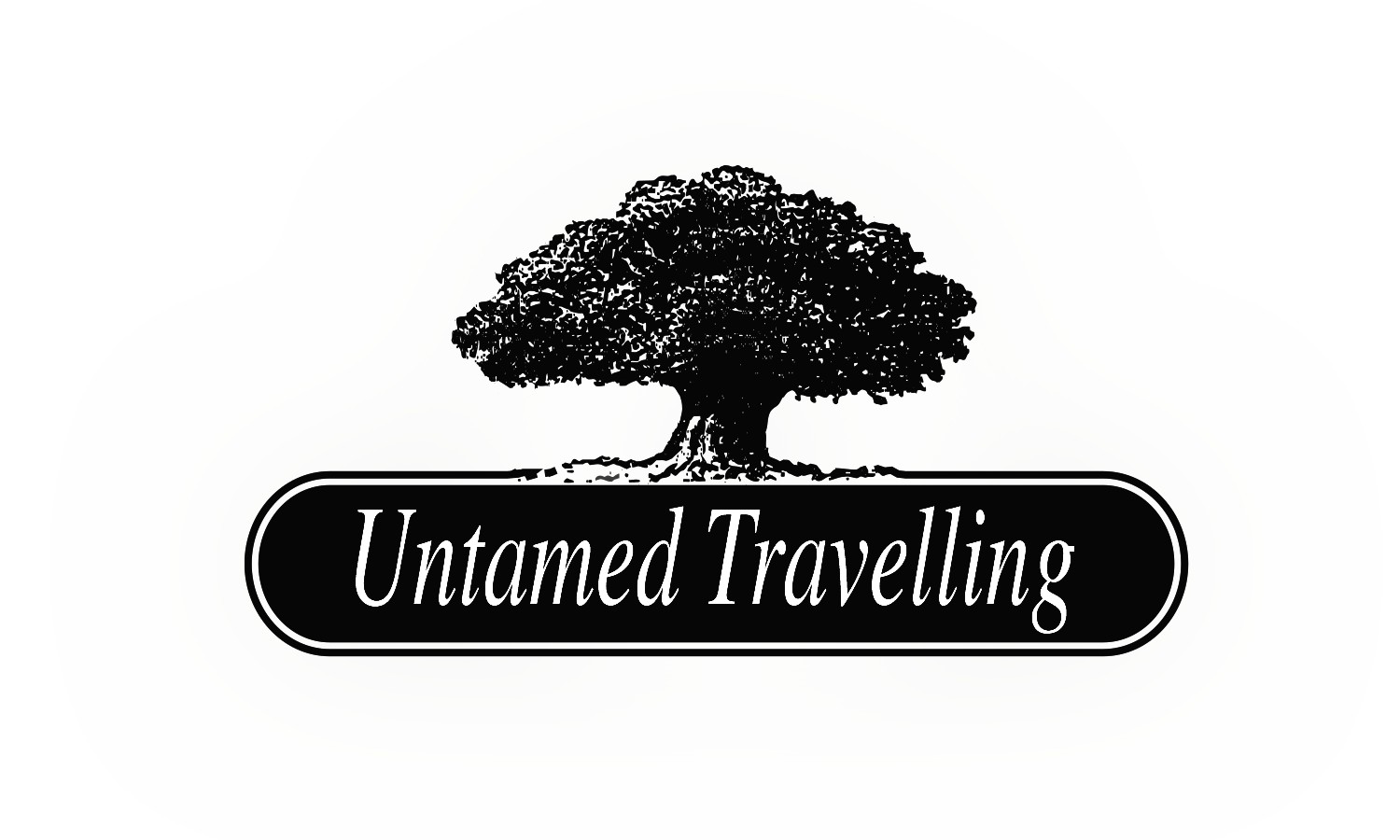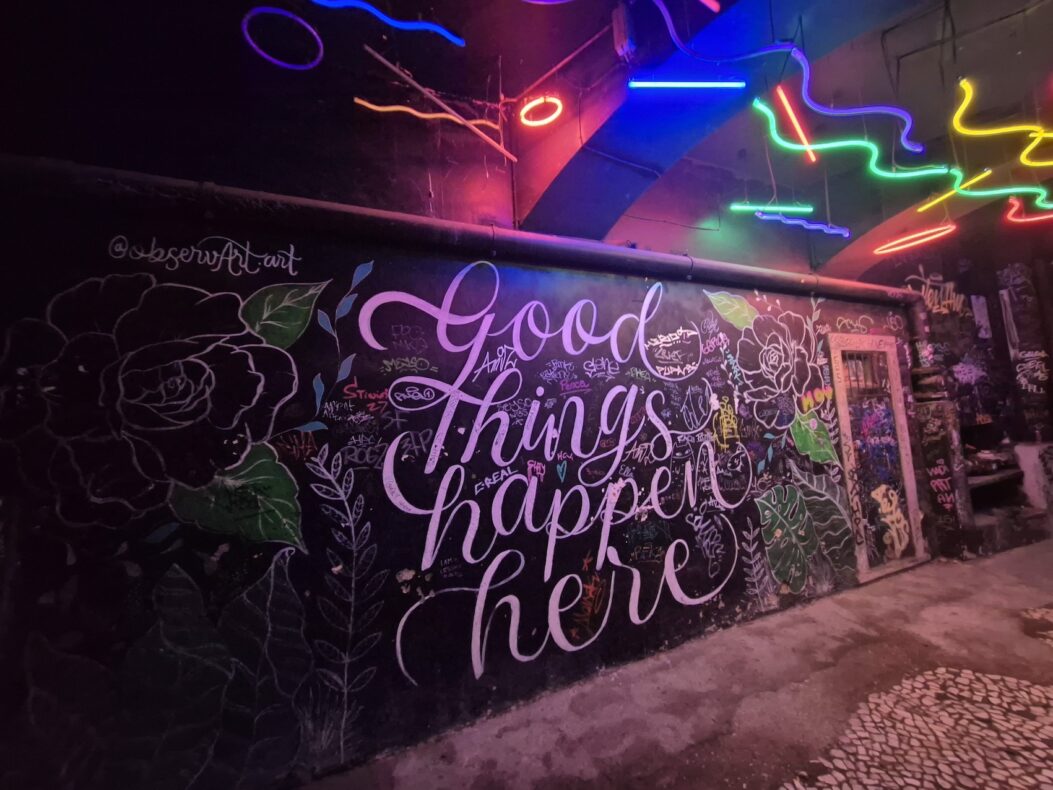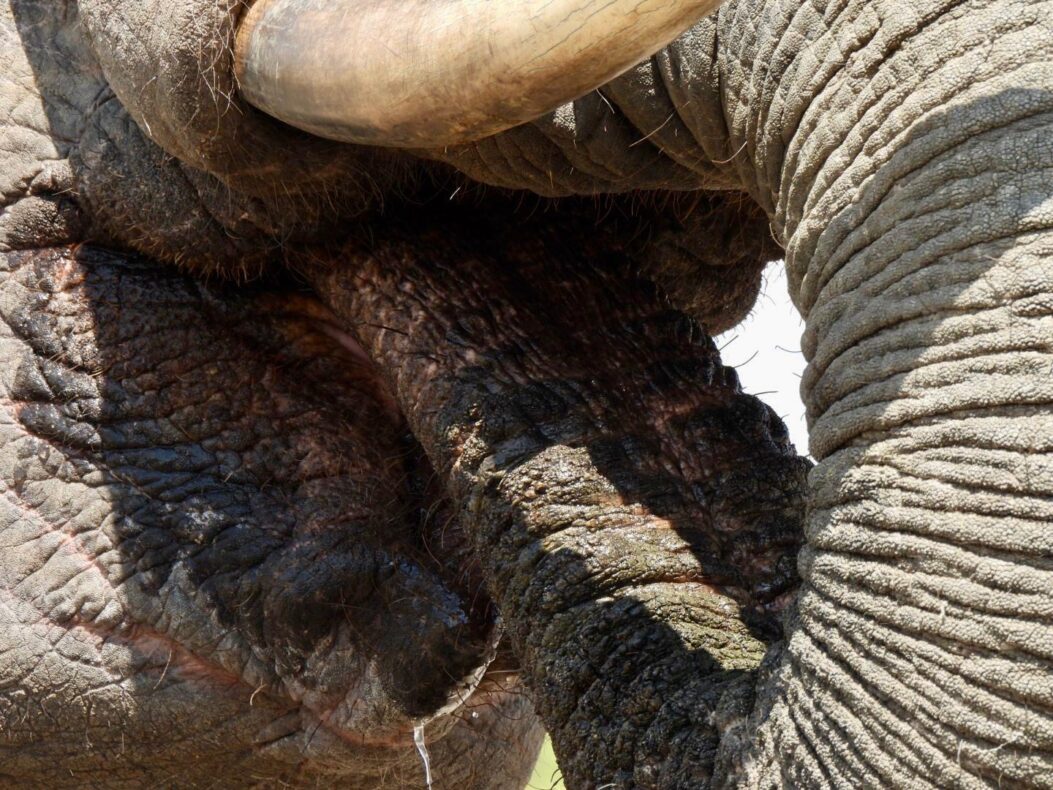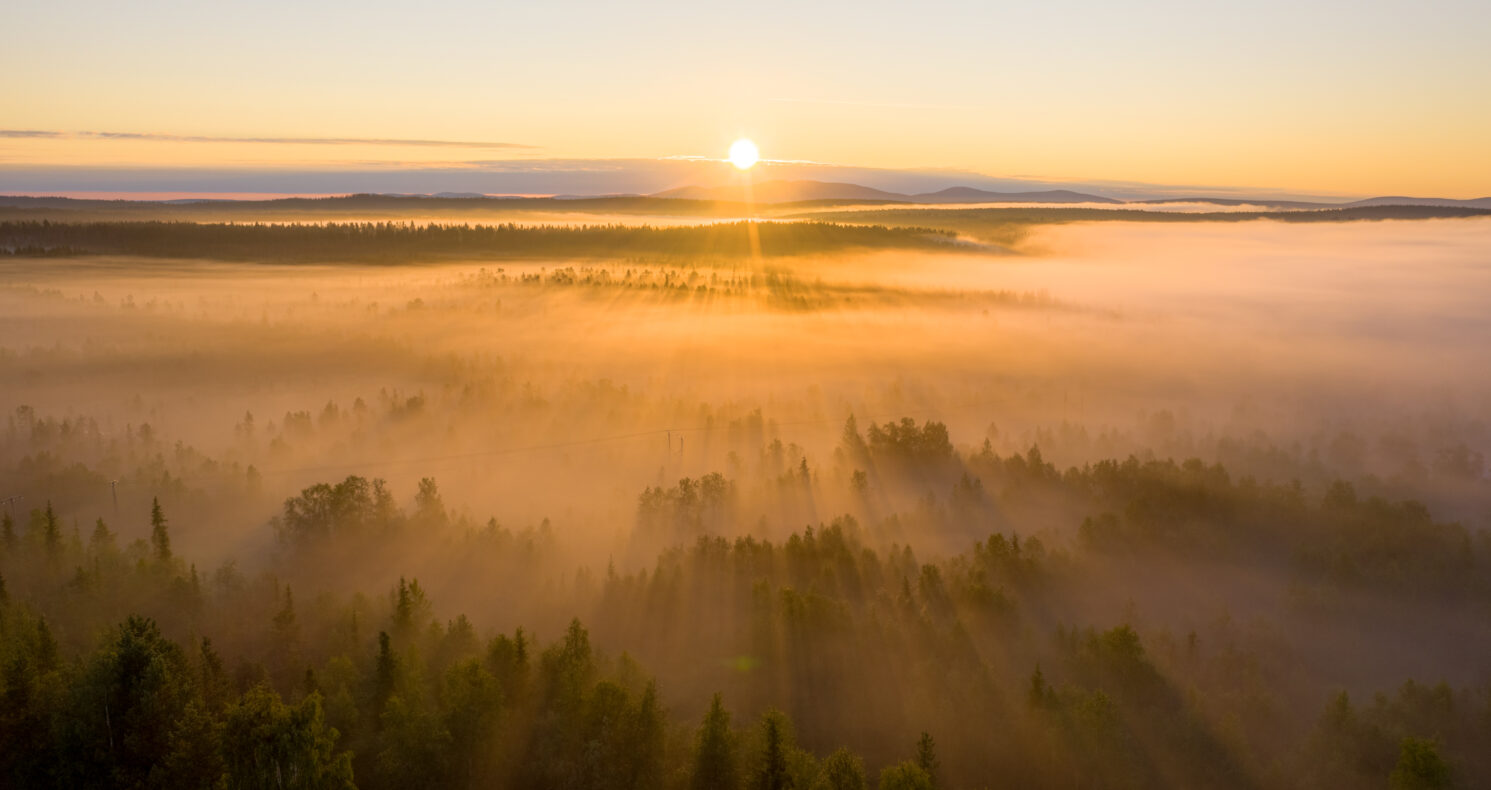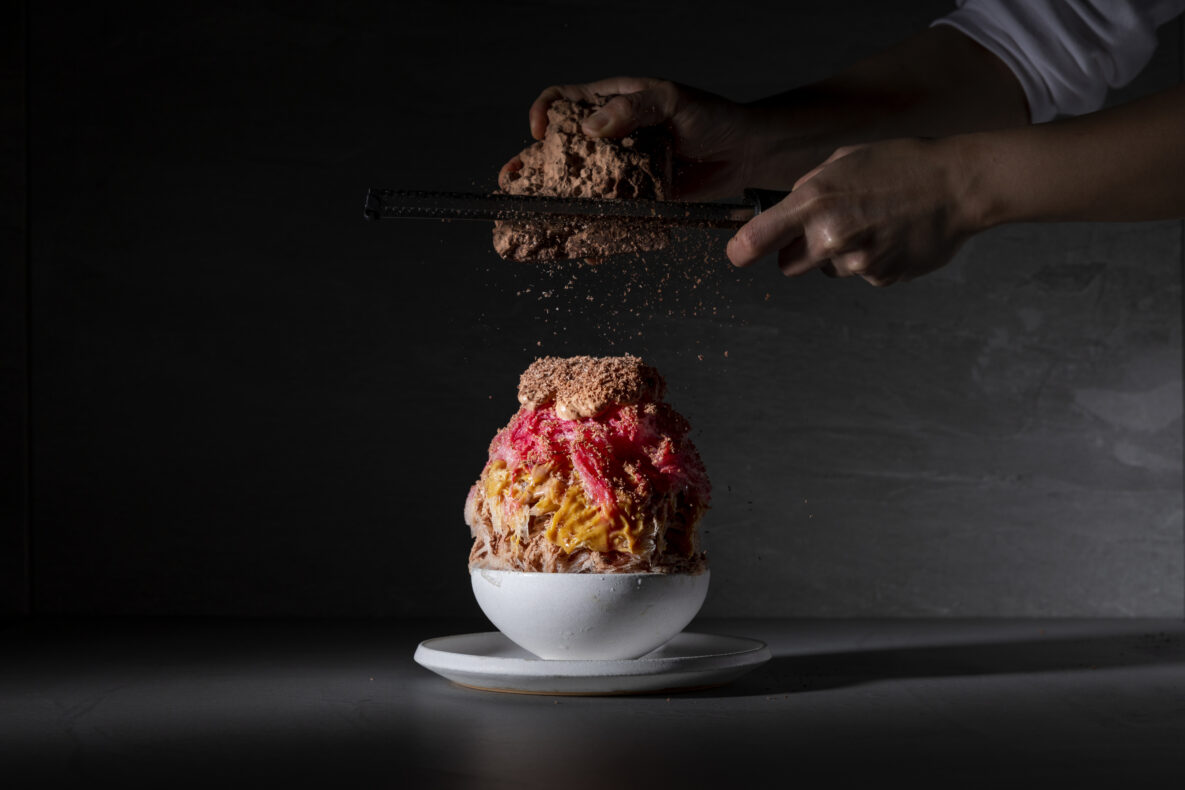What once began as a form of protest on abandoned walls and in subway stations has evolved into a global art movement that gives the streets not only color, but meaning. Graffiti and street art have a long, colorful history, deeply rooted in social movements, urban culture and the need to be seen and heard. Therefore, this art form is much more than just beautiful murals. They tell stories, capture the atmosphere of a place and let you experience the city in a completely new way. You must visit the following cities to experience the power of street art for yourself. Where the world can’t find you…
1. Benin
Cotonou, Benin‘s largest city, has the longest graffiti wall in Africa. This impressive wall is an important place for local artists to showcase their creativity. The colorful paintings tell stories about Benin’s culture, history and daily life. The wall attracts not only residents, but also tourists interested in street art and African art.

2. Djerba
This island in Tunisia, is known for Djerbahood, an extraordinary open-air street art museum. In 2014, the village of Erriadh turned into a huge art project. More than 150 artists from 30 different countries collectively painted more than 250 murals on buildings and walls in the village. These colorful works of art show a mix of local culture, modern art and international styles. Djerbahood attracts many visitors and is an important example of how street art can change and connect an entire community.
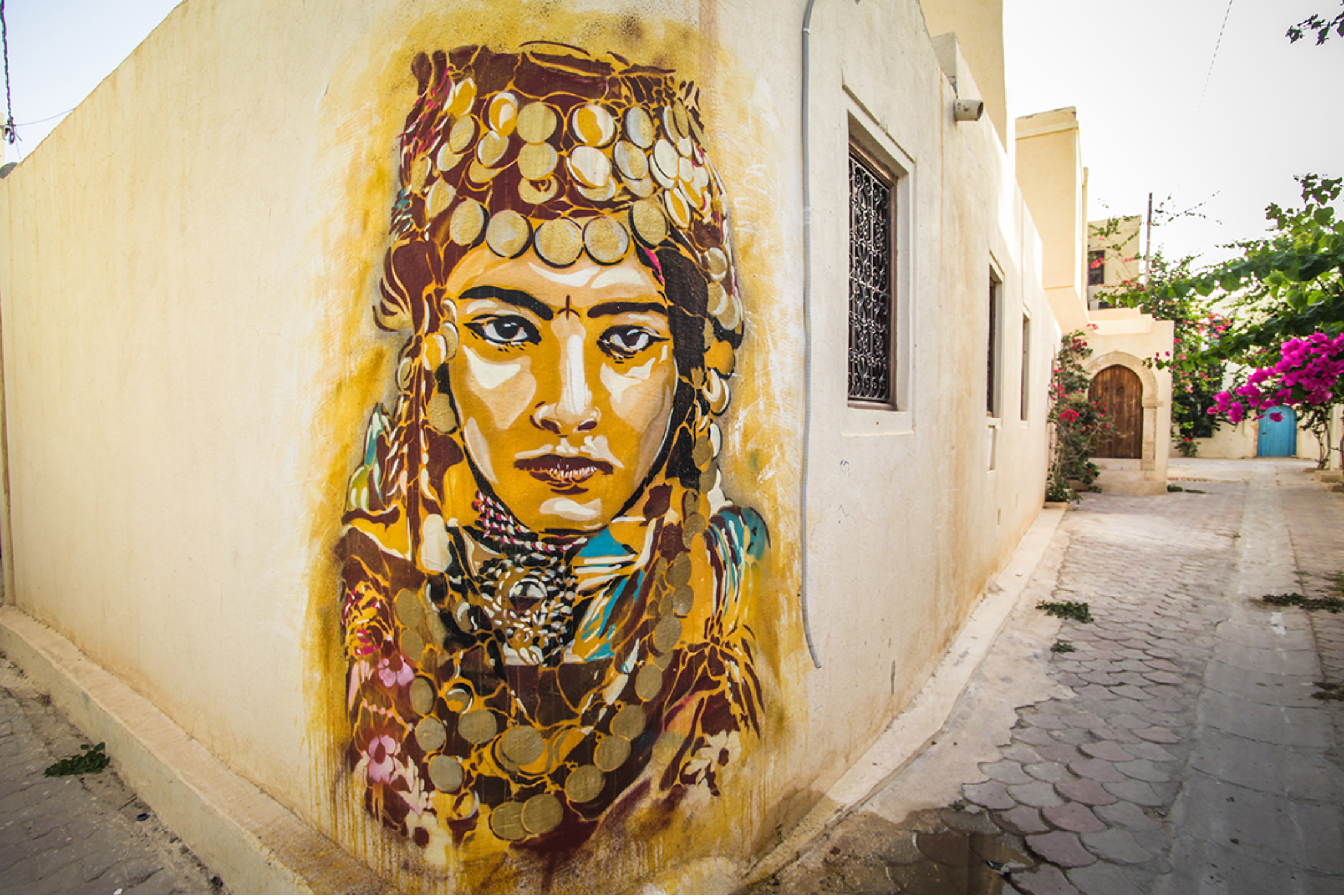
3. Willemstad
In the Otranbanda neighborhood you will find Curaçao’s most impressive street art. The Kaya Kaya festival celebrates the refurbishing and beautification of Ser’i Otrobanda. This festival is an annual event where artists and local residents work together to make the neighborhood more beautiful through colorful murals and art projects. In the months leading up to the festival, different streets are decorated with new artworks each time, bringing the entire neighborhood to life.

4. Busan
Dynamic Busan is beautifully situated between Geumgang Mountain and the Sea of Japan. If you love colorful architecture and unusual street art, Gamcheon cultural village is highly recommended. Also called the Machu Picchu of Korea, this district is known for its colorful houses and creative murals. Gamcheon has been transformed by artists and residents together into a vibrant open-air museum full of art and culture.

5. São Paulo
São Paulo is internationally known for its extensive and influential street art. In the Vila Madalena neighborhood, and especially in the famous Beco do Batman alley, you will find a wide variety of murals. These artworks are expressive, socially engaged and often political in nature. São Paulo actively supports street art and sees it as an integral part of urban culture.

6. Bogotá
In Bogotá, street art plays an important role in expressing social and cultural stories. The La Candelaria neighborhood, in the historic center, is known for its impressive murals. Here artists tell about identity, past and current themes. The city is open to street art and encourages artistic freedom in public spaces.

7. Cape Town
Cape Town has a vibrant street art scene, especially visible in the Woodstock neighborhood. This neighborhood has quickly become an important center for street art. Local and international artists create works here that address issues of freedom, community and social justice.

8. Mexico City
Street art in Mexico City combines modern techniques with traditional Mexican imagery. In neighborhoods such as La Roma, Doctores and the historic center, you will see murals that tell stories of culture, history and contemporary themes. The works are often colorful, detailed and deeply connected to local identity.

9. West Africa
In West Africa, the street art scene is growing rapidly. Even in Bissau, capital of Guinea-Bissau, more and more colorful murals are appearing on the streets. The art reflects local culture, resilience and identity, with influences from traditional symbolism and modern styles. Visibility is growing especially in city centers, where young artists are depicting social themes and bringing public spaces to life.

10. Los Angeles
In Los Angeles, street art has been part of the cityscape for decades. Key areas include Downtown LA (especially the Arts District) and Venice Beach. Many murals have been created legally and attract thousands of visitors each year. The artworks range from political messages to abstract expressions.

11. New York
New York is considered the birthplace of graffiti and modern street art. You will find countless murals in Brooklyn, especially in the Bushwick neighborhood, and parts of Manhattan. The city has a rich history of street art, which is still visible in the daily street scene.

12. Berlin
Berlin has a strong reputation for street art, thanks in part to the history of the Berlin Wall. Districts like Kreuzberg and Friedrichshain act as a canvas for diverse styles: from politically charged works to colorful, playful murals. Street art here is closely intertwined with urban identity.

13. Naples
In Naples, street art is deeply rooted in the urban fabric. Especially in San Lorenzo and Quartieri Spagnoli, you will come across impressive murals and graffiti. Many works are socially or politically charged and reflect the city’s raw energy and popular culture. The art here is direct, honest and connected to everyday life.

